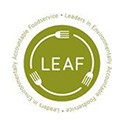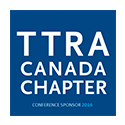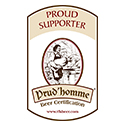In this random sampling technique, the whole population is first into mutually exclusive subgroups or strata and then units are selected randomly from each stratum. The segments are based on some predetermined criteria such as geographic location, size or demographic characteristic. It is important that the segments be as heterogeneous as possible. Let us assume you wanted to determine the spending patterns of a hotel’s guests. Knowing that the business clientele behaves quite differently from the leisure guests, you might want to separate them into different groups or strata. You are, however, dealing with a downtown property where 80% of the clientele stays in fact on business, with only 20% of the guests there for leisure purposes. In simple random sampling [1], there is no assurance that a sufficient number of leisure travellers would actually be included in the sample.
Using the rule of thumb about sample size determination, we need at least 100 respondents for our leisure segment. This means that we would need four times as many business travellers, since they represent four times as many guests at the hotel, for a total of 500 respondents. This is referred to as "proportionate stratified sampling". Disproportionate sampling is only undertaken if a particular strata is very important to the research project but occurs in too small a percentage to allow for meaningful analysis unless is representation is artificially boosted.
In this technique you oversample and then weigh your data to re-establish the proportions. Let us assume you only have enough budget to survey 300 guests, but you still want at least 100 leisure travellers to have a sufficient number for further analysis. This means that you oversample for leisure travellers at a ratio of 2:1. Therefore, you would need to weight each of your business travellers by 2 (i.e. 2 x 2 = 4) to end up with the proper proportions.




